In the fascinating world of reptile behavior, few defensive mechanisms are as visually striking as a snake inflating its body to appear larger than life. This remarkable adaptation, where certain snake species can transform their slender frames into intimidating balloon-like structures, serves multiple evolutionary purposes beyond simple intimidation. From the common hognose snake dramatically flattening its neck to the impressive puff adder living up to its name, this behavior represents millions of years of evolutionary refinement. The ability to suddenly increase body size through controlled inflation isn’t just a survival trick—it’s a window into the complex ways snakes have adapted to environments filled with predators. Let’s explore the science, strategy, and species behind this remarkable reptilian defense mechanism.
The Defensive Purpose of Puffing
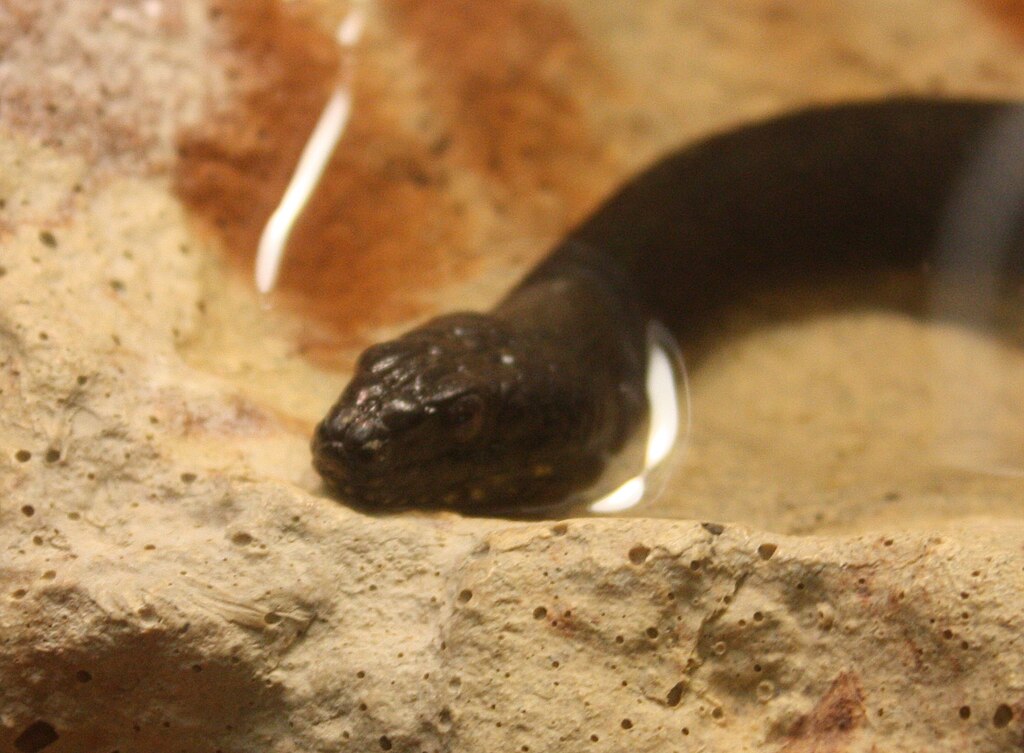
When a snake puffs up its body, it’s primarily engaging in a defensive behavior designed to deter potential predators. By dramatically increasing its apparent size, the snake creates an optical illusion that makes predators reconsider their attack. This technique works particularly well against predators that make split-second decisions based on the size of their prey relative to themselves. The sudden transformation from a slender, vulnerable-looking creature to an intimidating, larger animal can startle predators into abandoning their hunt. Additionally, the puffed-up appearance often mimics that of more dangerous snake species, causing predators to err on the side of caution rather than risk an encounter with a potentially venomous adversary.
The Physiological Mechanism

The ability to inflate their bodies comes from snakes’ remarkable control over their respiratory system. Unlike mammals who primarily expand and contract their diaphragm when breathing, snakes can dramatically expand their entire lung structure. Many species have a single, elongated lung that can be inflated to several times its resting size through the intake of a large volume of air. This inflation is controlled by specialized muscles between the ribs that can expand the body cavity significantly. Some species can even direct air to specific portions of their bodies, allowing for localized inflation of areas like the neck or midsection. The snake’s elastic skin and loosely arranged scales accommodate this dramatic expansion without tearing or causing discomfort to the animal.
The Hognose Snake: Master of Deception
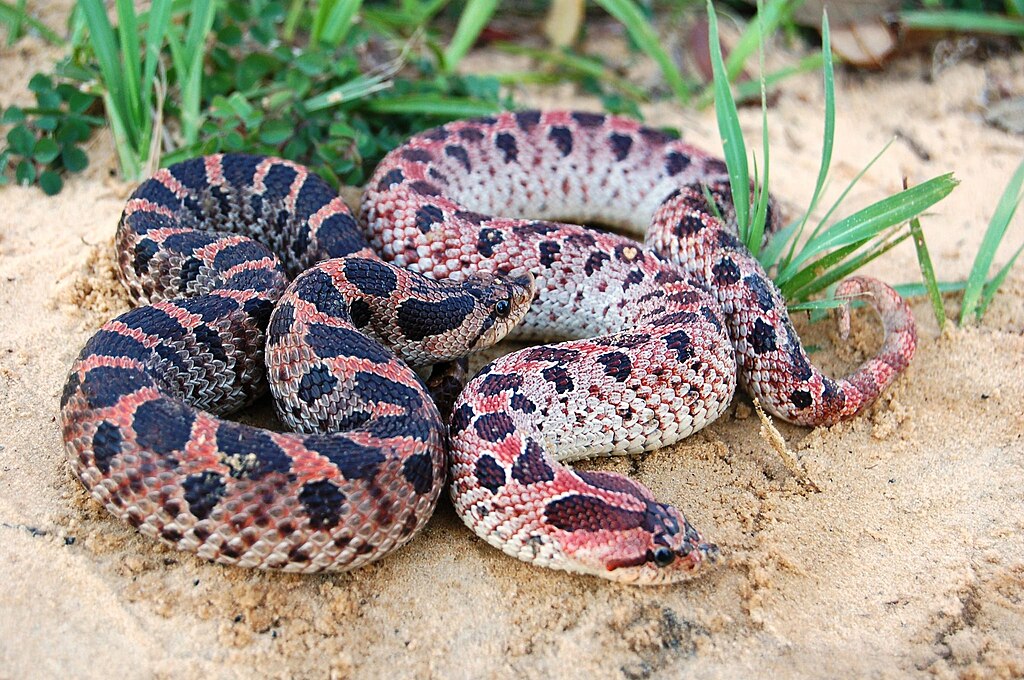
Among the most theatrical practitioners of body inflation is the hognose snake (genus Heterodon), famous for its elaborate defensive display. When threatened, the Eastern hognose snake will dramatically flatten its neck and the front portion of its body, creating a cobra-like hood that makes it appear much larger and more dangerous than it actually is. This display is often accompanied by loud hissing and mock strikes with a closed mouth, creating a convincing impression of a venomous snake. If this initial strategy fails to deter the threat, hognose snakes take their performance to another level by rolling onto their backs and playing dead, sometimes even emitting a foul-smelling musk and allowing their tongues to hang out limply from open mouths. This multi-stage defense strategy showcases the evolutionary sophistication of puffing behavior in snakes.
Puff Adders: Living Up to Their Name
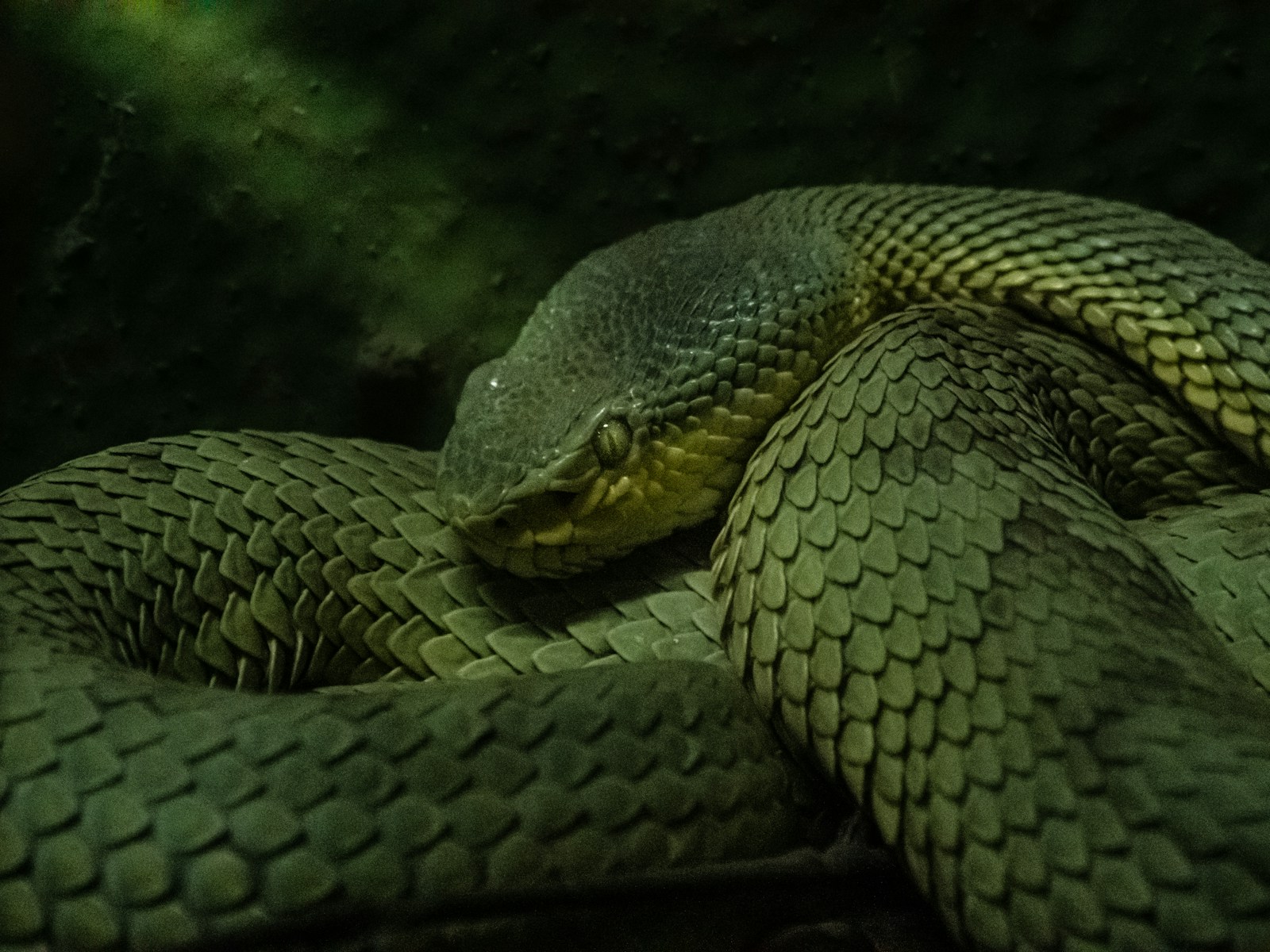
The African puff adder (Bitis arietans) has earned its name through its impressive inflation display when threatened. These venomous vipers can significantly expand their bodies by drawing in large amounts of air, making themselves appear much more formidable to potential predators. The puffing behavior is accompanied by a loud, continuous hissing as air is forcefully expelled through their glottis. Unlike some non-venomous snakes that rely solely on bluffing, the puff adder combines its intimidating display with actual deadly capability, possessing potent cytotoxic venom that can be fatal. The puff adder’s inflation serves as a genuine warning rather than just mimicry, signaling to predators that approaching closer would be extremely dangerous. This combination of dramatic visual warning and actual dangerous capability represents an evolutionary pinnacle of defensive strategy.
The King Cobra’s Impressive Hood

The king cobra (Ophiophagus hannah) displays one of the most recognizable inflation behaviors in the reptile world with its ability to expand a distinctive hood. This impressive display is achieved by extending specialized elongated ribs in the neck region, creating a broad, flattened section that dramatically increases the snake’s apparent size. When fully extended, a king cobra’s hood can span several inches across, transforming the snake’s profile from slender to imposingly broad in seconds. This display is typically accompanied by the snake raising the front third of its body vertically, further increasing its visual impact and allowing it to look down upon potential threats. The psychological effect of a full-grown king cobra rising to eye level with a human while displaying its hood is profoundly intimidating, serving as a highly effective warning to maintain distance.
False Cobras and Mimicry
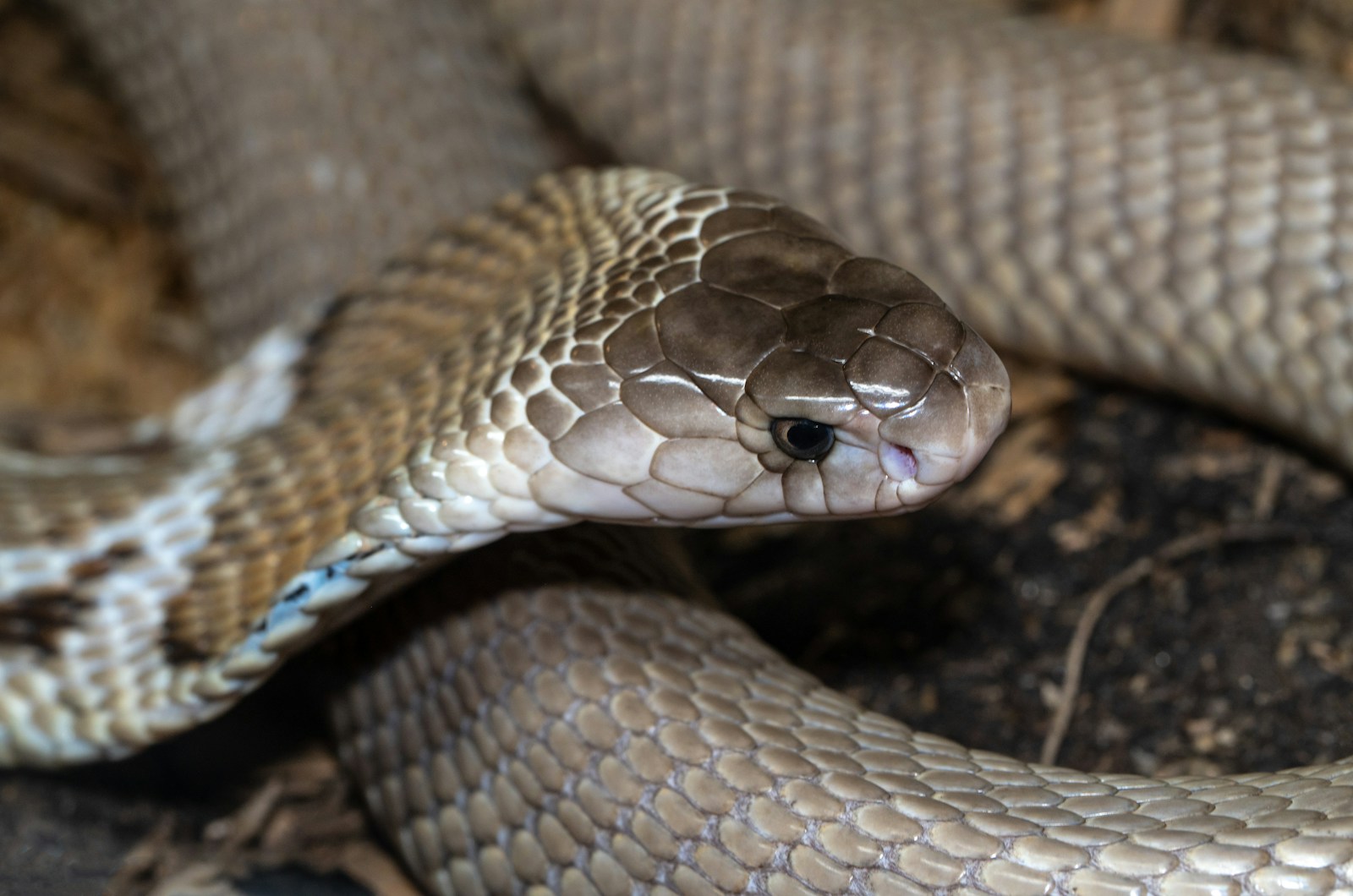
Evolution has produced several non-venomous or mildly venomous snake species that mimic the hood-flaring behavior of more dangerous cobras. The false water cobra (Hydrodynastes gigas) from South America can flatten its neck into a modest hood when threatened, despite being only distantly related to true cobras. Similarly, certain rat snakes and other colubrids have developed the ability to flatten their necks and bodies in a cobra-like fashion. This form of Batesian mimicry—where harmless species evolve to resemble dangerous ones—provides these snakes with the protective benefits of appearing venomous without actually possessing potent venom. The effectiveness of this strategy relies on predators having experienced or instinctively recognizing the danger posed by actual cobras, then generalizing that caution to anything with a similar appearance. This phenomenon demonstrates how the selective pressure of predation can drive convergent evolution in defensive displays across unrelated snake species.
Puffing as Communication
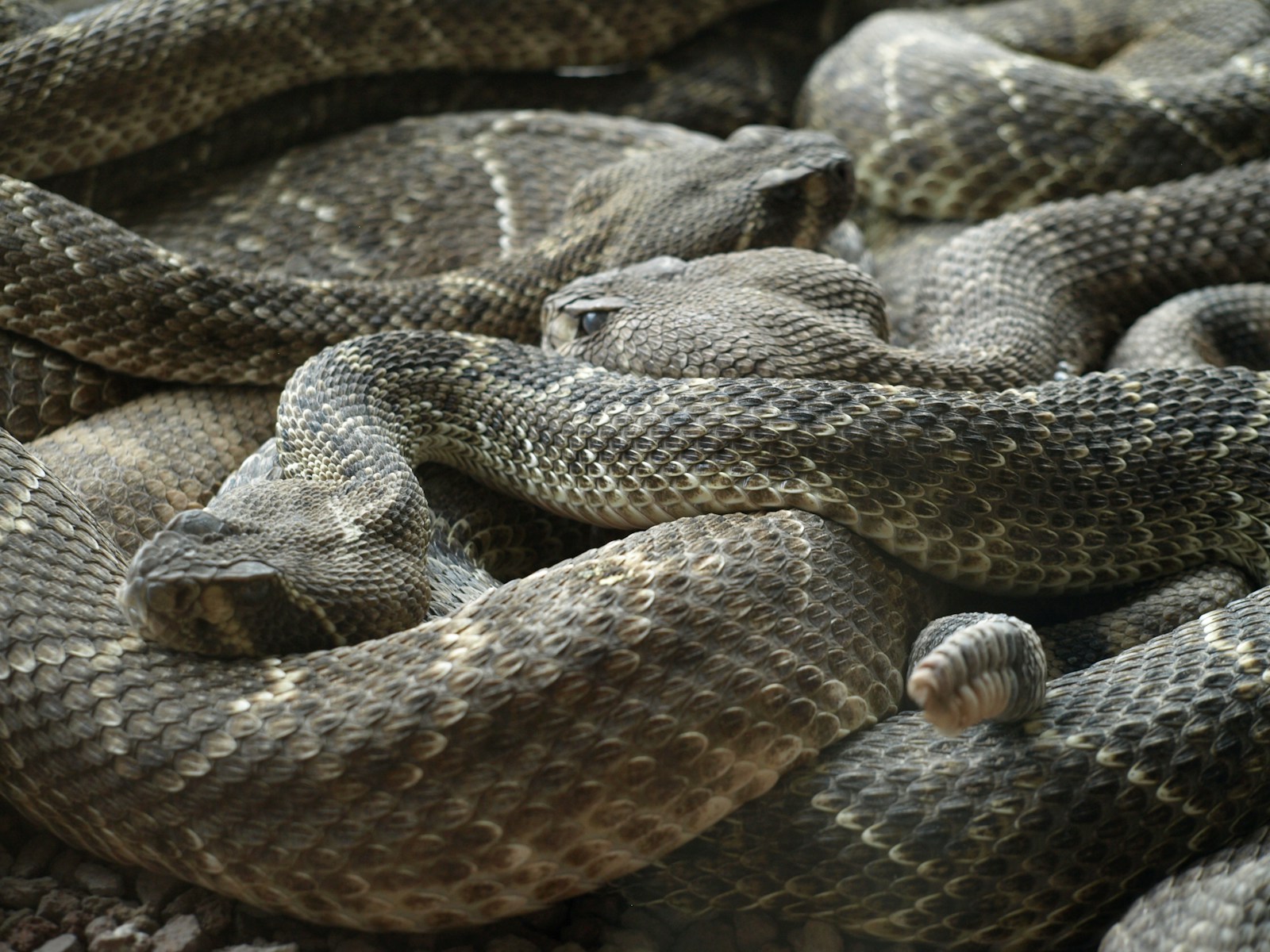
While primarily defensive, a snake’s inflation behavior also serves as a sophisticated form of non-verbal communication. The dramatic visual transformation sends clear signals not just to predators but potentially to rival snakes and other animals in the vicinity. The message conveyed is unambiguous: “I am dangerous, approach at your own risk.” This form of communication is particularly valuable for snakes, which lack limbs for gestural communication and vocal cords for auditory signaling. The visual impact of suddenly increasing body size creates an immediate impression that crosses species boundaries, making it universally understood by virtually any animal with vision. Some research suggests that certain snake species may even adjust the intensity of their inflation display based on the perceived level of threat, demonstrating a nuanced use of this communication method.
Evolutionary Development of Inflation

The ability to inflate has evolved independently in multiple snake lineages, suggesting its significant adaptive value. The earliest ancestors of modern snakes likely possessed some capacity to expand their bodies slightly, perhaps primarily for breathing or swallowing large prey. Over millions of years, this basic ability was refined and enhanced in certain lineages where predation pressure was particularly intense. Species that could create more dramatic visual displays gained survival advantages, passing those traits to subsequent generations. The specialized musculature and skeletal adaptations needed for extreme inflation required countless generations of incremental improvement through natural selection. Today’s spectacular displays represent the culmination of this long evolutionary process, with different snake families developing variations of the inflation technique based on their specific ecological niches and the predators they commonly encounter.
Inflation in Aquatic Snakes

Aquatic and semi-aquatic snake species have adapted the inflation behavior to function effectively in water environments. Sea snakes and water snakes can trap air in their lungs to increase buoyancy when needed, effectively using inflation as both a defensive and locomotive adaptation. When threatened, some aquatic snakes will quickly fill their lungs with air to appear larger while simultaneously gaining the ability to float higher in the water column, potentially facilitating a quicker escape. The yellow-bellied sea snake (Hydrophis platurus) can inflate portions of its body when threatened while floating on the ocean surface, creating a more imposing silhouette to aerial predators. This dual-purpose adaptation showcases how natural selection has refined the basic inflation behavior to serve multiple functions in specialized environments, demonstrating the remarkable adaptability of snakes as a group.
The Energetic Cost of Inflation
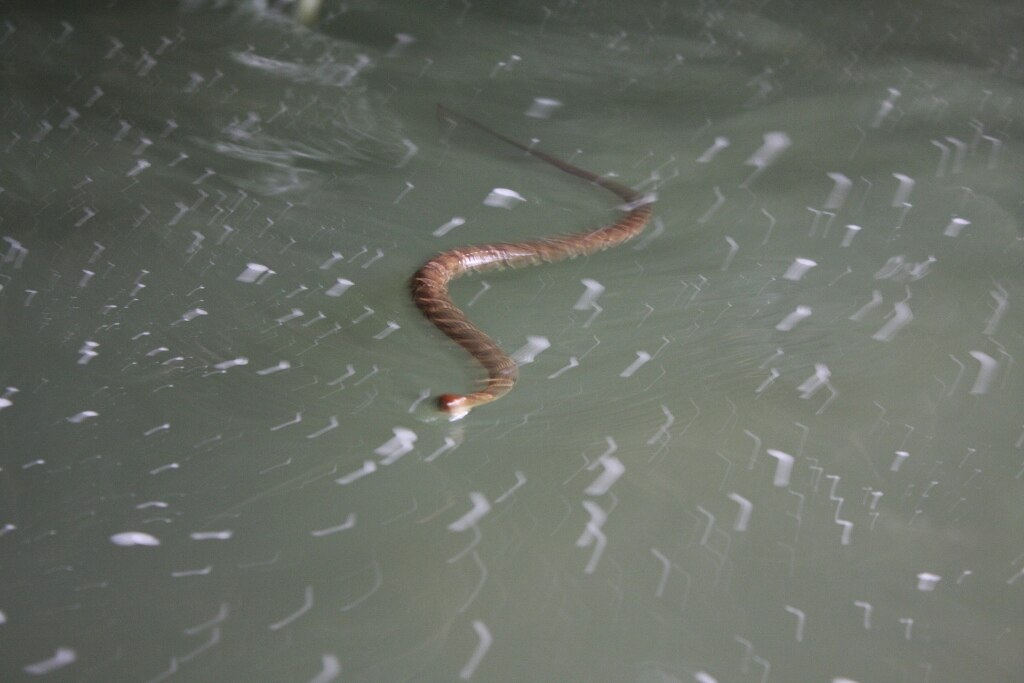
While visually impressive, maintaining an inflated posture comes with significant energetic costs for snakes. The muscle tension required to keep the body expanded demands considerable energy, which is why snakes typically cannot maintain their puffed-up state for extended periods. This defensive display represents an emergency expenditure of precious energy resources that the snake would otherwise conserve for hunting, digestion, or reproduction. The physiological stress of maintaining the display can also temporarily impair the snake’s ability to flee or defend itself through other means if the inflation tactic fails. For this reason, most snakes will attempt to escape before resorting to inflation displays, saving this energy-intensive behavior for situations where flight is not an option. The careful balance between energy conservation and defensive necessity has shaped the deployment of inflation behaviors across different snake species.
Cultural Impact and Human Perceptions
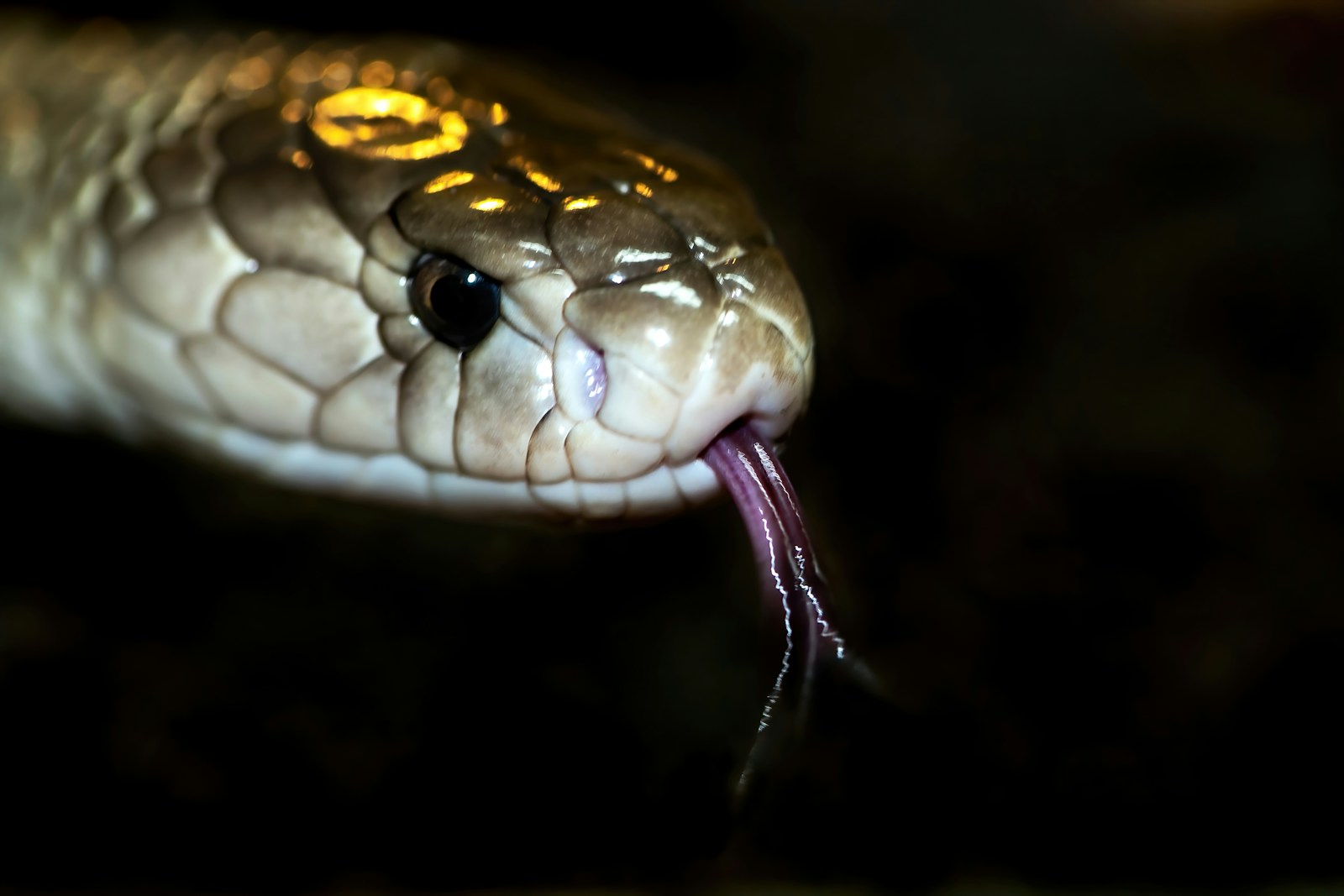
The dramatic visual impact of snake inflation has made a significant impression on human cultures throughout history. From ancient Egyptian depictions of cobras with expanded hoods to modern wildlife documentaries highlighting these behaviors, inflating snakes have captured human imagination and often reinforced fear responses. Unfortunately, these defensive displays are frequently misinterpreted by humans as aggressive behavior, leading to unnecessary killing of snakes that are merely trying to protect themselves. Education about the true purpose of these inflation displays can help people understand that a puffed-up snake is not necessarily preparing to attack but is instead communicating its desire to be left alone. Conservation efforts for frequently persecuted snake species often include public education about interpreting these defensive behaviors correctly to reduce human-wildlife conflict.
Inflation vs. Other Defensive Strategies
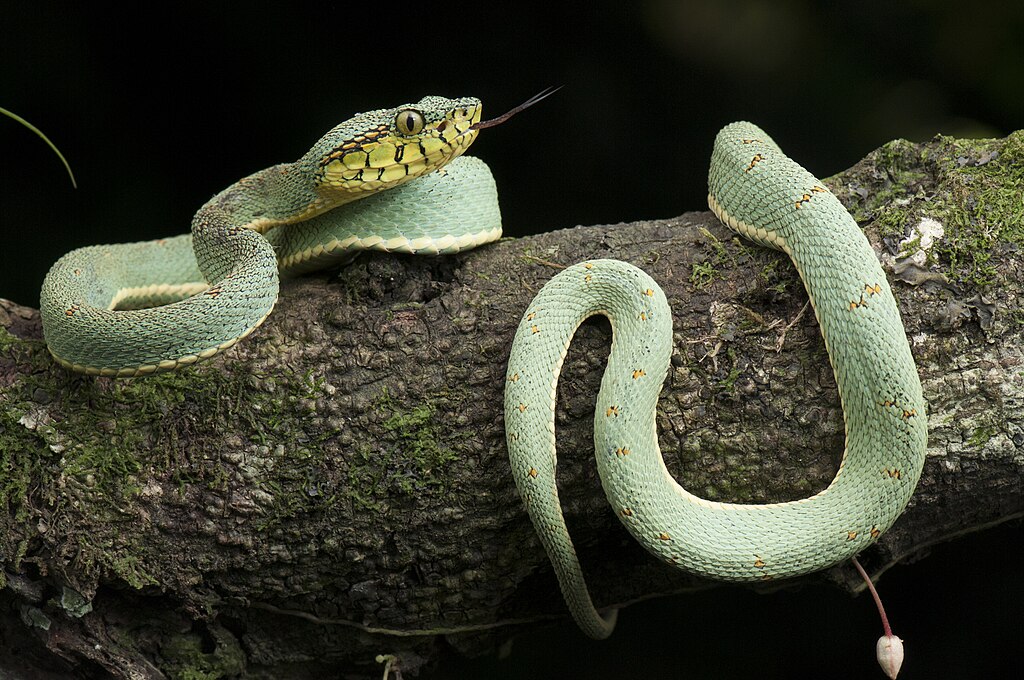
Body inflation represents just one of many defensive adaptations in the snake world, often used in combination with other strategies. Some species pair their inflation display with bright warning coloration that becomes more visible when the body expands. Others combine inflation with specialized behaviors like playing dead (thanatosis), expelling musk, or producing intimidating sounds. The western hognose snake, for example, may progress through an entire sequence of defensive tactics: first flattening its head and hissing, then striking with a closed mouth, and finally rolling over to play dead if the threat persists. Different snake species have evolved particular combinations of these strategies based on their habitats, typical predators, and physical capabilities. The diversity of these defensive repertoires demonstrates the evolutionary arms race between predators and prey, with snakes developing increasingly sophisticated methods to avoid becoming a meal.
Conservation Implications
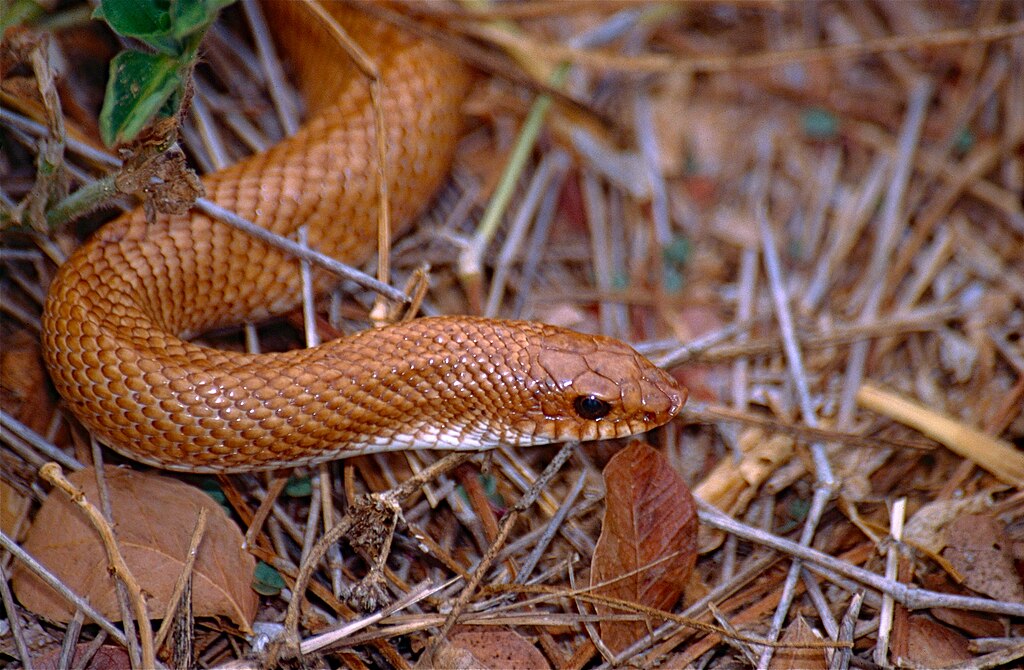
Understanding the inflation behavior of snakes has important implications for conservation efforts. These dramatic displays often make snakes more visible to humans, potentially increasing human-wildlife conflict in areas where snakes and people coexist. Many snakes are killed simply because their defensive displays are misinterpreted as aggression, representing a significant threat to already declining populations. Conservation biologists working to protect snake species often focus on educating communities about interpreting these behaviors correctly and responding appropriately when encountering a defensive snake. Additionally, the specialized physiological adaptations that enable inflation behaviors represent unique evolutionary traits worth preserving as part of Earth’s biodiversity. As habitat destruction continues to threaten snake populations worldwide, protecting these remarkable animals and their specialized behaviors becomes increasingly important for maintaining healthy ecosystems.
Conclusion

The ability of certain snake species to inflate their bodies represents one of nature’s most dramatic and effective defensive adaptations. From the physiological mechanisms that make it possible to the various ways different species have refined this behavior, snake inflation demonstrates the power of natural selection to shape remarkable survival strategies. These displays not only serve to deter predators but also function as communication, buoyancy control, and even cultural symbols. By understanding that a puffed-up snake is engaging in a defensive rather than aggressive behavior, we can better appreciate these fascinating creatures and ensure their conservation for future generations. The next time you encounter images or footage of a snake dramatically transforming its silhouette, you’ll recognize it not as a threat display but as a sophisticated defense mechanism perfected over millions of years of evolution.





